The universe is vast and full of mysteries, and one of the most captivating questions is whether there is life beyond Earth. Scientists, astronomers, and researchers have dedicated countless hours to investigating the possibility that we are not alone in the cosmos. What might it mean for humanity if we were to discover extraterrestrial life? The search for life beyond our planet has already revealed tantalizing clues that suggest we may be on the verge of a groundbreaking discovery.
Advances in technology have enabled the exploration of distant planets and moons within our solar system and beyond. This quest has not only expanded our understanding of the universe but has also sparked numerous theories about the existence of alien life. These theories range from microbial life hidden beneath the ice of Europa to the potential for intelligent civilizations on distant exoplanets. With every new discovery, the fascination with life beyond Earth only grows, pushing us to look further and think deeper about our place in the cosmos.
1. The Drake Equation
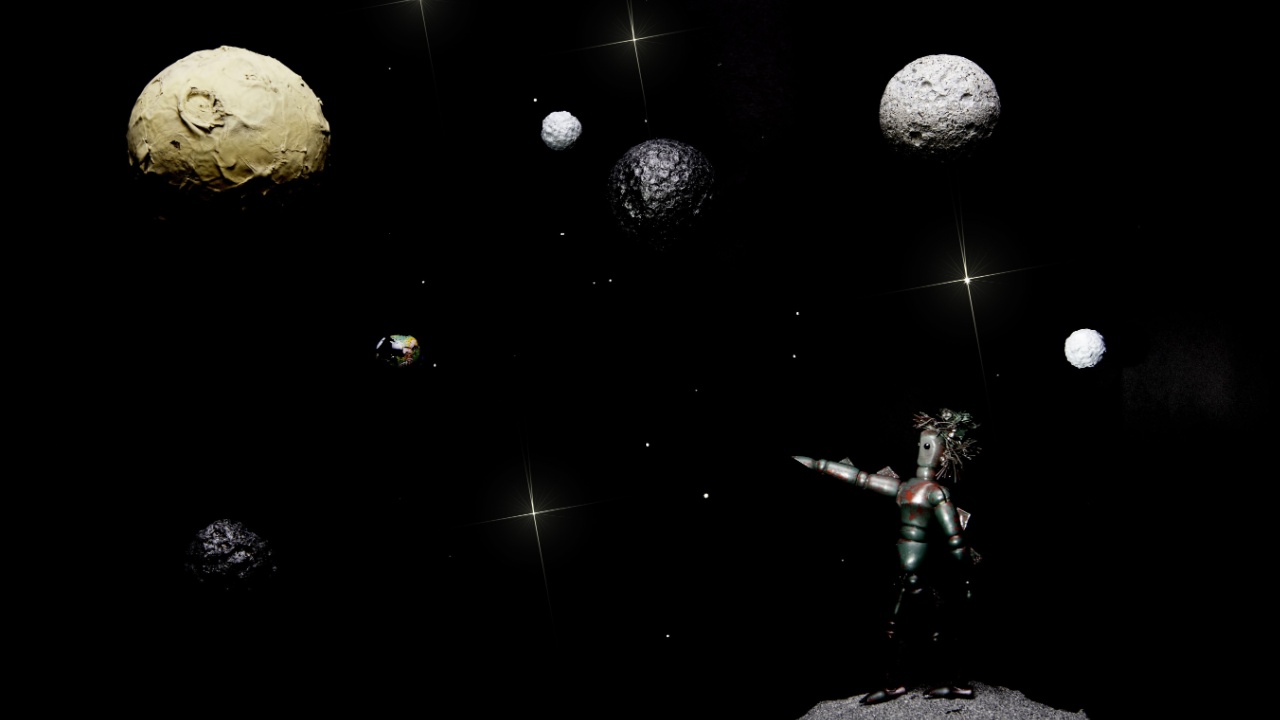
The Drake Equation is a formula aimed at estimating the number of extraterrestrial civilizations in our galaxy that could communicate with us.
Frank Drake, an American astronomer, first introduced this equation in 1961. It considers various factors, such as the rate of star formation and the likelihood of planets supporting life.
This equation has been a pivotal tool in the search for intelligent life beyond Earth.
2. Fermi Paradox
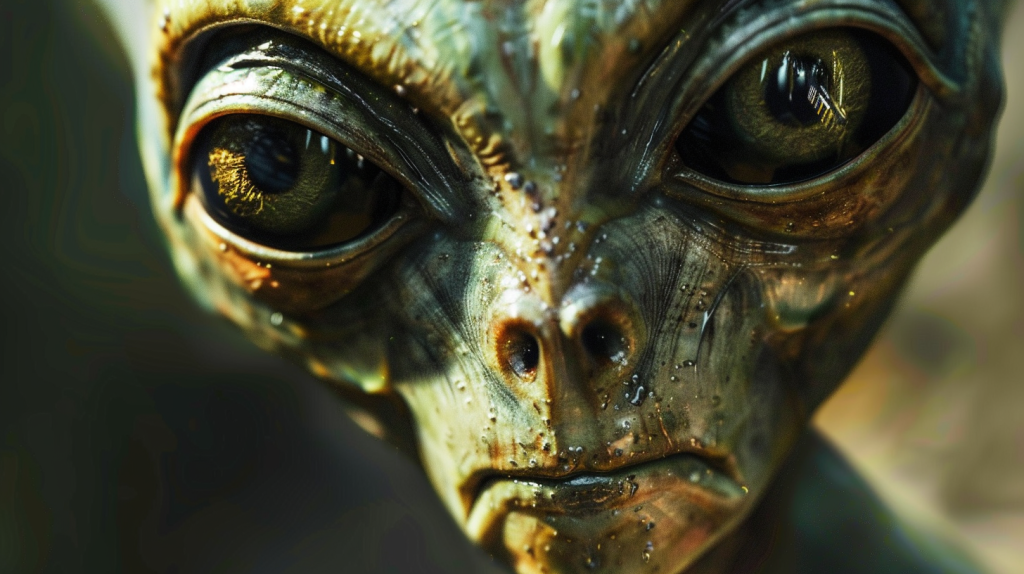
The Fermi Paradox questions why, despite the high probability of extraterrestrial civilizations, we have not yet detected any signs of them. Named after physicist Enrico Fermi, it points out the contradiction between the likelihood of extraterrestrial life and the lack of evidence or contact.
Fermi famously asked, “Where is everybody?” suggesting that if advanced aliens exist, we should have already encountered them or their signals.
This paradox drives many theories, from the idea that advanced civilizations self-destruct to the possibility that they avoid us intentionally.
3. The Great Filter

The Great Filter is a concept that tries to explain why we haven’t encountered any signs of extraterrestrial life yet. Robin Hanson first proposed this idea in the late 1990s. It suggests there are significant obstacles that prevent life from evolving to advanced stages.
This theory is a potential answer to the Fermi Paradox, which questions why, given the vast number of stars and planets, we haven’t found intelligent life. There must be a filter or barrier that stops most life forms long before they become advanced civilizations.
Such obstacles might include difficult evolutionary steps, catastrophic events, or self-destruction due to advanced technology. These steps could be so hard to overcome that most life forms never reach the stage where they can communicate or travel across the stars.
4. Zoo Hypothesis

The Zoo Hypothesis suggests that advanced aliens are purposely avoiding contact with Earth. These extraterrestrial civilizations might be observing humans from afar, similar to how we observe animals in a zoo.
This idea was first proposed in 1973 by MIT radio astronomer John Ball. He believed that aliens might be allowing us to develop naturally without interference. These extraterrestrials could be monitoring us without us even knowing.
The Zoo Hypothesis addresses the Fermi Paradox, which questions why we haven’t encountered aliens despite the vastness of the universe. If these advanced beings are avoiding us on purpose, it might explain the silence we’ve encountered.
In essence, we could be part of a cosmic experiment. These alien observers might be waiting for us to reach a certain level of technological or social development before making contact. For now, Earth could be a protected area where human civilization can grow undisturbed.
This theory might sound unsettling. But it offers a potential explanation for the lack of direct alien contact despite the high probability of intelligent life elsewhere in the universe.
5. Dark Forest Theory
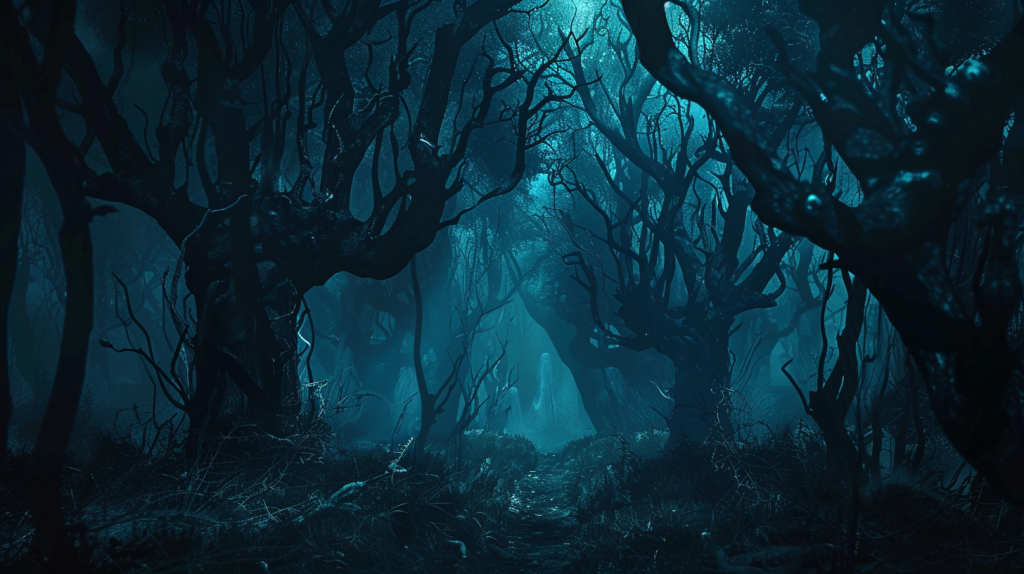
In the vast universe, the idea that we’re not alone is thrilling. The Dark Forest Theory offers a chilling explanation for why we haven’t heard from other civilizations. It suggests that alien civilizations might stay silent and hidden out of fear.
Imagine the universe as a dark forest. Every civilization is like a hunter, wary of making noise. Any signal might reveal their presence to a possibly hostile civilization.
This theory comes from the science fiction novel “The Dark Forest.” It’s a thought-provoking take on why intelligent life might remain undetected. Aliens could be out there, but they stay quiet to avoid being attacked.
6. The Rare Earth Hypothesis

The Rare Earth hypothesis suggests that Earth is incredibly unique in its ability to foster complex life. This idea comes from the belief that a series of highly improbable events and conditions made life possible here.
Many scientists argue that for life to develop elsewhere, planets would need similar conditions. This includes a stable star, a planet in the right orbit, presence of water, and a protective magnetic field.
The theory first gained attention from a book published in 2000. Authors Peter Ward and Donald Brownlee explained that the specific sequence of events that led to life on Earth is unlikely to happen often, making complex life rare in the universe.
7. Panspermia

Panspermia is the idea that life exists everywhere in the Universe.
Researchers think that microorganisms or bacteria could travel on comets and meteoroids.
When these space rocks collide with planets, they might deposit life and kickstart a biosphere.
This theory suggests that life on Earth could have come from distant stars or planets.
You might find it fascinating that even Mars is sometimes considered a possible origin point for Earthly life.
8. Astrobiology
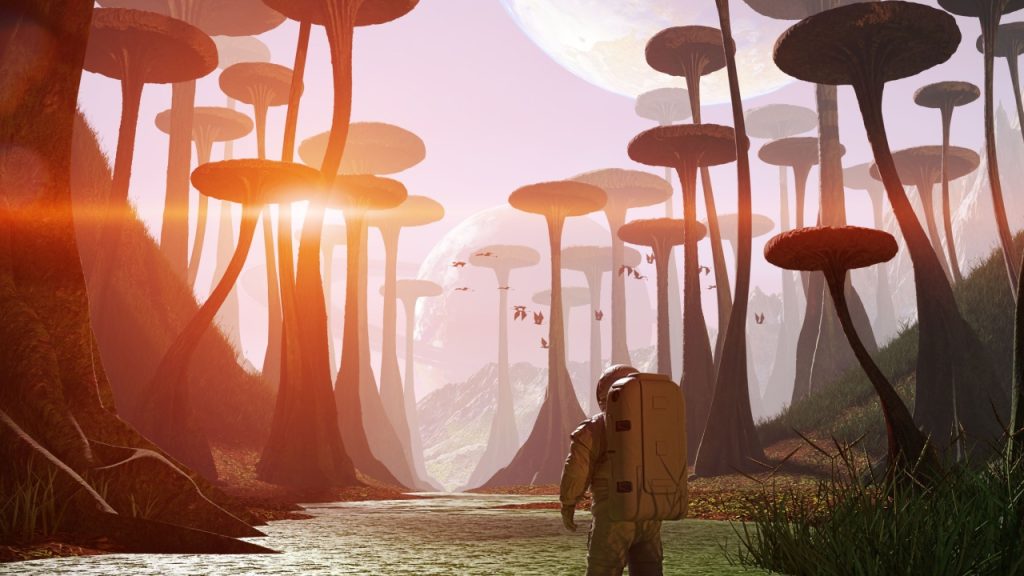
Astrobiology is a scientific field that explores the potential for life beyond Earth. Scientists investigate planets, moons, and even asteroids to find signs of life or conditions that might support it.
You may be familiar with missions like NASA’s Perseverance rover on Mars, which searches for ancient microbial life. Space agencies are also studying exoplanets to find those with atmospheres that could harbor life.
9. SETI Efforts
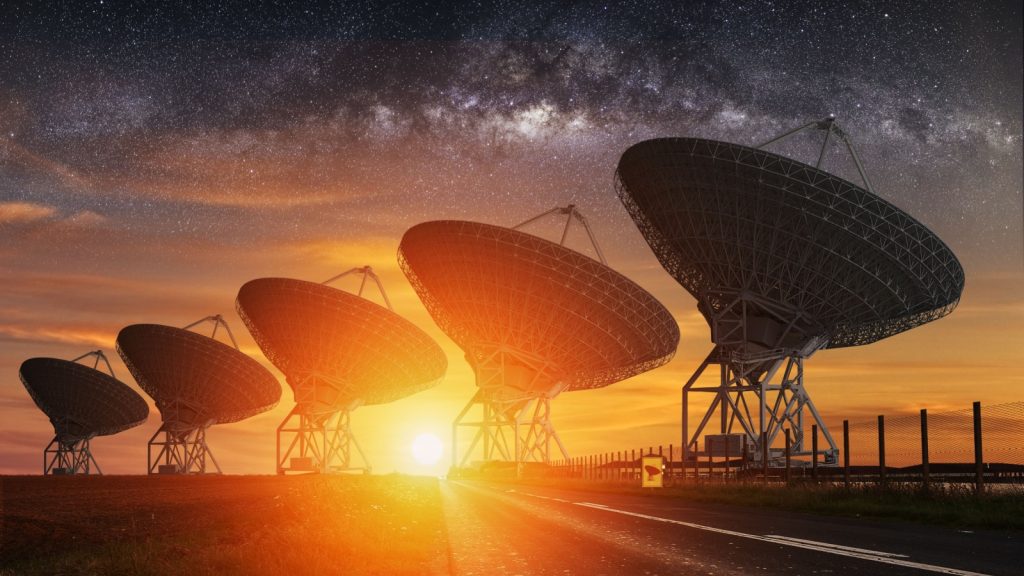
The Search for Extraterrestrial Intelligence (SETI) aims to detect signals from alien civilizations. Scientists use advanced telescopes and instruments to scan the skies for signs of life beyond Earth.
Radio and optical signals are common targets, with recent technologies expanding the search to unexplored frequencies. These efforts are crucial in our quest to understand our place in the universe.
10. Tabby’s Star
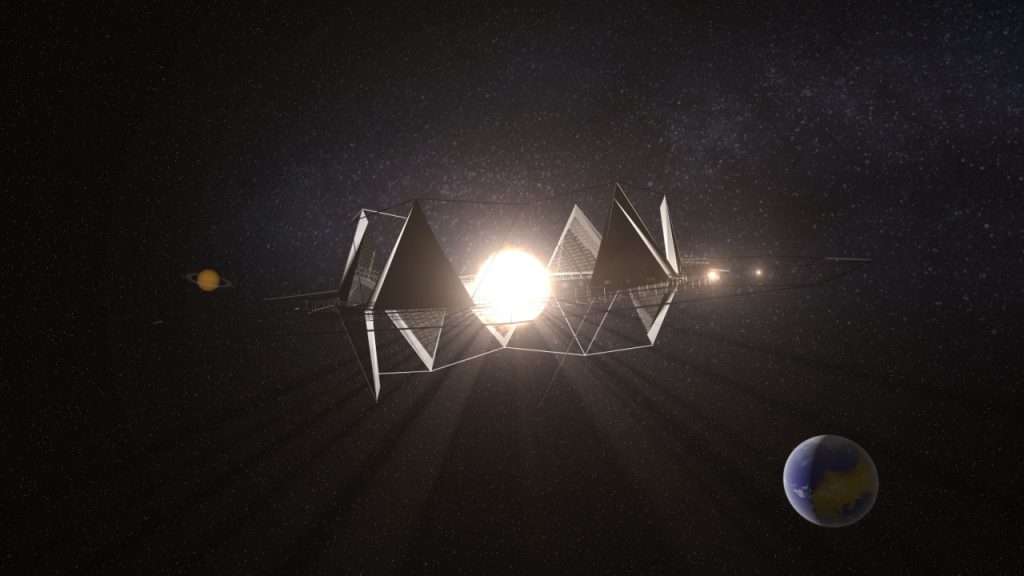
Tabby’s Star, officially known as KIC 8462852, continues to baffle scientists with its unusual dimming patterns. Discovered by Tabetha Boyajian, this star’s light dips in irregular and dramatic ways, which is not typical for stars.
The star’s erratic dimming has led to numerous theories. Some scientists hypothesize that a swarm of comets could be passing in front of it. Others consider more exotic ideas, like alien megastructures.
Despite these theories, no clear explanation has been confirmed. Tabby’s Star remains a topic of intense study as researchers hope to unlock its mysteries. Its strange behavior challenges our understanding of stellar phenomena, making it a fascinating subject in the search for extraterrestrial life.
11. Dyson Spheres

A Dyson Sphere is an advanced megastructure that a highly developed civilization might build to capture a star’s energy. Imagine a vast shell or swarm of satellites encircling a star, collecting solar power and emitting infrared radiation. This idea was proposed by physicist Freeman Dyson in 1960.
Scientists suggest that searching for these infrared signatures might help us detect alien civilizations. Some research even indicates that stars in the Milky Way might emit heat consistent with Dyson Spheres, hinting at the possibility of advanced extraterrestrial life.
12. Europa’s Ocean

Europa, one of Jupiter’s largest moons, has fascinated scientists for years. Beneath its icy surface lies a deep, saltwater ocean, making it one of the most promising places to search for life beyond Earth.
This ocean is covered by a thick layer of ice, estimated to be about 15-25 kilometers thick. Scientists believe that the ocean could be twice as large as all the Earth’s oceans combined.
Exploring Europa’s ocean is a great challenge. Specialized equipment, like underwater rovers, may someday help us understand what secrets lie beneath the ice. If there is life in Europa’s ocean, it could teach us more about the potential for life elsewhere in the universe.
13. Enceladus Plumes

You may have heard about Enceladus, one of Saturn’s intriguing moons. What makes Enceladus fascinating are the plumes of water vapor and ice particles that shoot out from its surface. These plumes come from an underground ocean beneath Enceladus’s icy shell.
Scientists think these plumes might hold the key to finding alien life. They contain organic molecules, which are the building blocks of life. Spacecraft have even flown through these plumes to collect samples.
The presence of liquid water, heat, and organic chemicals makes Enceladus a prime candidate for life beyond Earth. This combination builds an environment where life could potentially exist.
14. Mars Microbes

Scientists recently found possible evidence of ancient microbial life on Mars. Magnetite chains inside a Martian rock could be remnants of these early microbes. An asteroid impact about 3.9 billion years ago may have flushed these chains into the rock.
Another study suggests that microbial life might still exist on Mars. Microbes may survive deep underground, protected from harsh surface conditions.
Research shows that certain tough Earth microbes could survive on Mars for millions of years.
15. Kepler-452b

Kepler-452b is an exoplanet discovered by NASA’s Kepler mission. It is considered one of the most Earth-like planets ever found. This planet orbits a star called Kepler-452, which is located about 1,400 light-years away in the Cygnus constellation.
Kepler-452b is about 1.6 times larger than Earth and orbits its star at a distance similar to Earth’s orbit around the Sun. The star Kepler-452 is older than the Sun by 1.5 billion years and brighter by 20 percent.
Scientists believe that, due to its size, Kepler-452b has a good chance of being rocky. The planet sits within the habitable zone of its star, making it a potential candidate for hosting life. This zone is where conditions might be right for liquid water to exist on the planet’s surface.
Katy Willis is a writer, master herbalist, master gardener, and certified canine nutritionist who has been writing since 2002. She’s finds joy in learning new and interesting things, and finds history, science, and nature endlessly fascinating.

